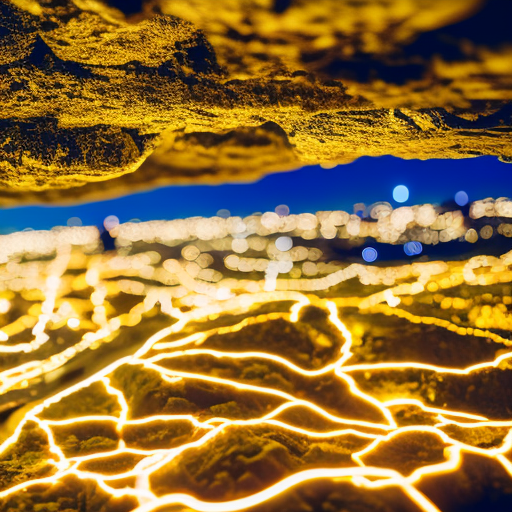Geothermal energy is a renewable energy source that harnesses the heat from the Earth’s core to generate electricity and heat buildings. It is a clean and sustainable energy option that has the potential to significantly reduce greenhouse gas emissions and dependence on fossil fuels.
How does geothermal energy work?
Geothermal energy is generated by tapping into the heat stored beneath the Earth’s surface. The Earth’s core is extremely hot, with temperatures reaching several thousand degrees Celsius. This heat is transferred to the surrounding rock and water, creating geothermal reservoirs.
To harness this energy, wells are drilled into the geothermal reservoirs to access the hot water and steam. The steam is then used to drive turbines, which generate electricity. The hot water can also be used directly for heating purposes, such as in district heating systems.
Advantages of geothermal energy
Geothermal energy offers several advantages over other forms of energy. Firstly, it is a renewable energy source, meaning it will not deplete over time. The Earth’s heat is continuously replenished by natural processes, making geothermal energy a sustainable option.
Secondly, geothermal energy is a clean source of power. Unlike fossil fuels, it does not produce harmful emissions such as carbon dioxide or other air pollutants. This makes it an environmentally friendly alternative that can help combat climate change and improve air quality.
Furthermore, geothermal power plants have a small land footprint compared to other renewable energy sources. Once the wells are drilled, the surface area required for a geothermal power plant is relatively small, allowing for efficient land use.
Challenges and limitations
While geothermal energy has many advantages, there are also challenges and limitations to its widespread adoption. One limitation is the location-specific nature of geothermal resources. Not all regions have access to geothermal reservoirs, and the quality and temperature of the resources can vary. This restricts the potential for geothermal energy in certain areas.
Another challenge is the high upfront cost of drilling wells and building geothermal power plants. The initial investment required for geothermal projects can be significant, making it less economically viable in some cases. However, once the infrastructure is in place, the operational costs are relatively low, making geothermal energy cost-effective in the long run.
Types of geothermal systems
There are three main types of geothermal systems: dry steam, flash steam, and binary cycle. Dry steam systems are the oldest and simplest form of geothermal power generation. They use steam directly from the reservoir to drive turbines.
Flash steam systems are the most common type of geothermal power plants. They utilize high-pressure hot water from the reservoir, which is then flashed into steam to drive turbines. The remaining water is injected back into the reservoir.
Binary cycle systems are used when the temperature of the geothermal resource is not high enough to produce steam. They use a secondary fluid with a lower boiling point, such as isobutane or pentane, to vaporize and drive turbines.
Applications of geothermal energy
Geothermal energy has a wide range of applications beyond electricity generation. It can be used for direct heating and cooling of buildings, as well as for industrial processes such as drying crops or desalinating water. Geothermal heat pumps are also commonly used for residential heating and cooling, providing an efficient and sustainable alternative to traditional HVAC systems.
In conclusion, geothermal energy is a renewable and clean energy source that harnesses the heat from the Earth’s core. It offers several advantages, including sustainability, environmental friendliness, and efficient land use. While there are challenges and limitations to its widespread adoption, geothermal energy has the potential to play a significant role in the transition to a more sustainable energy future.












